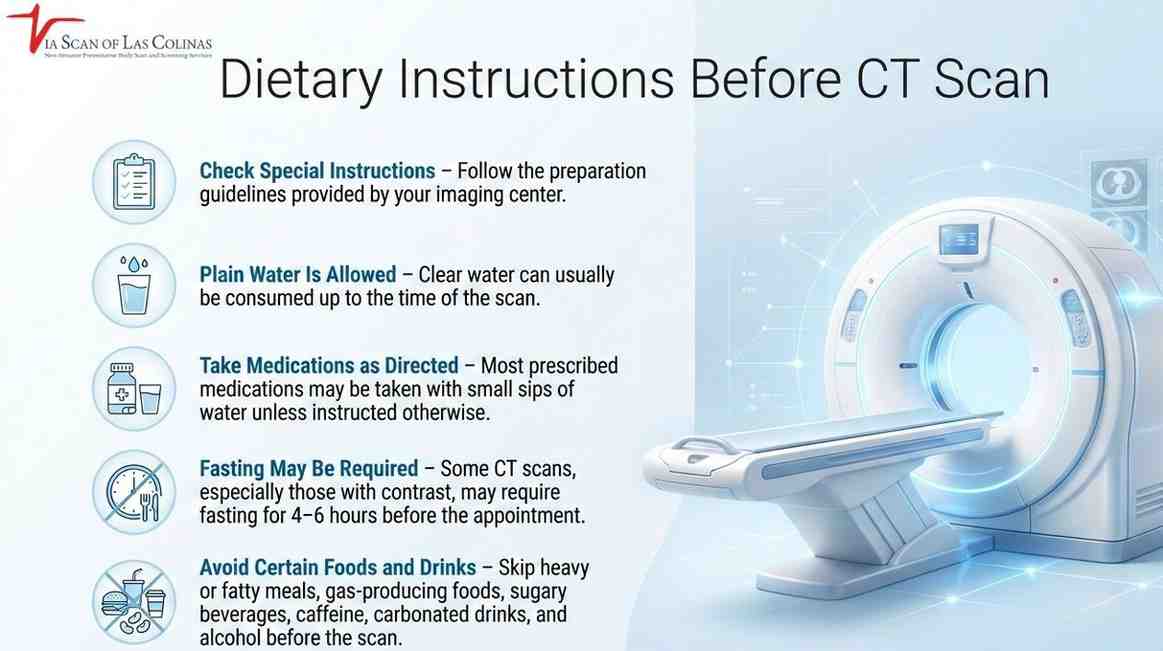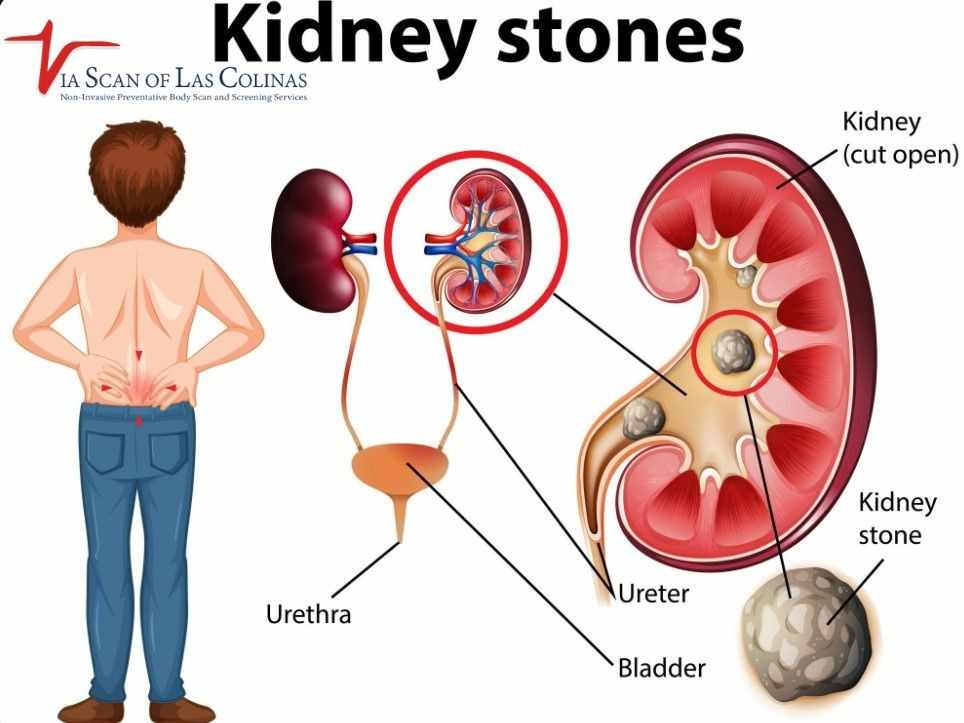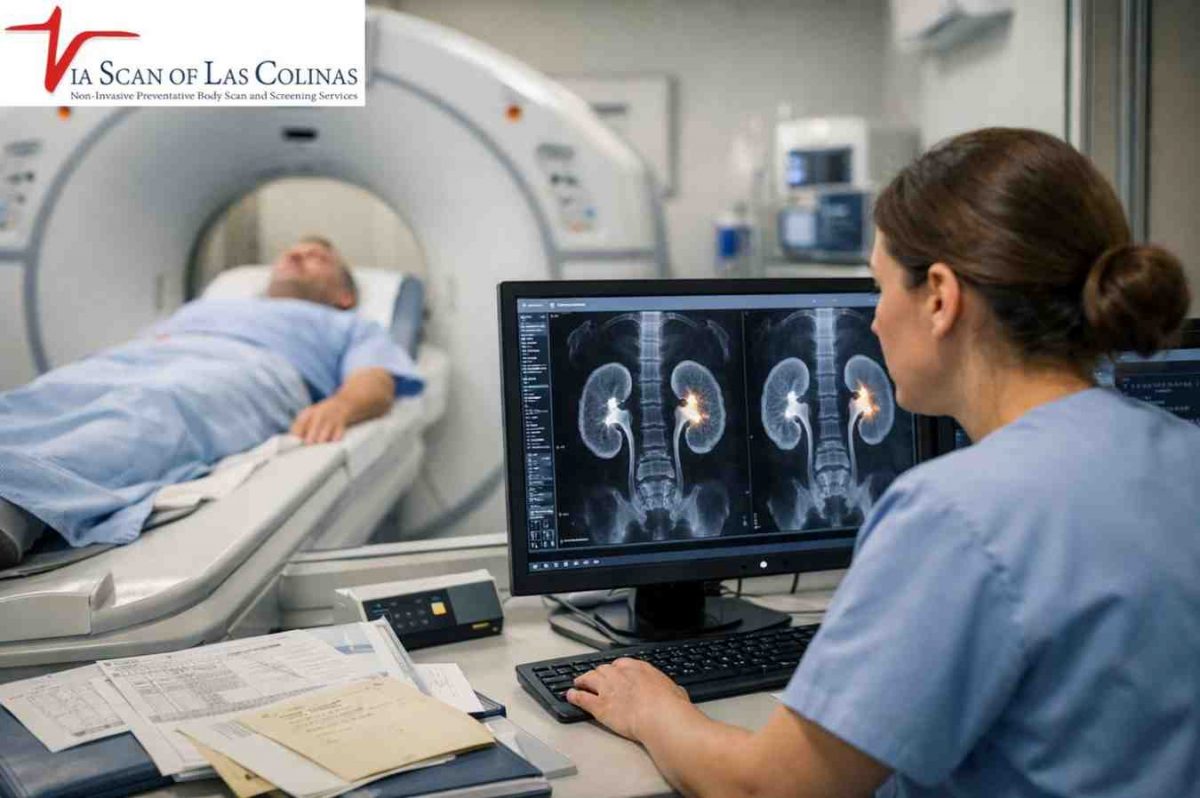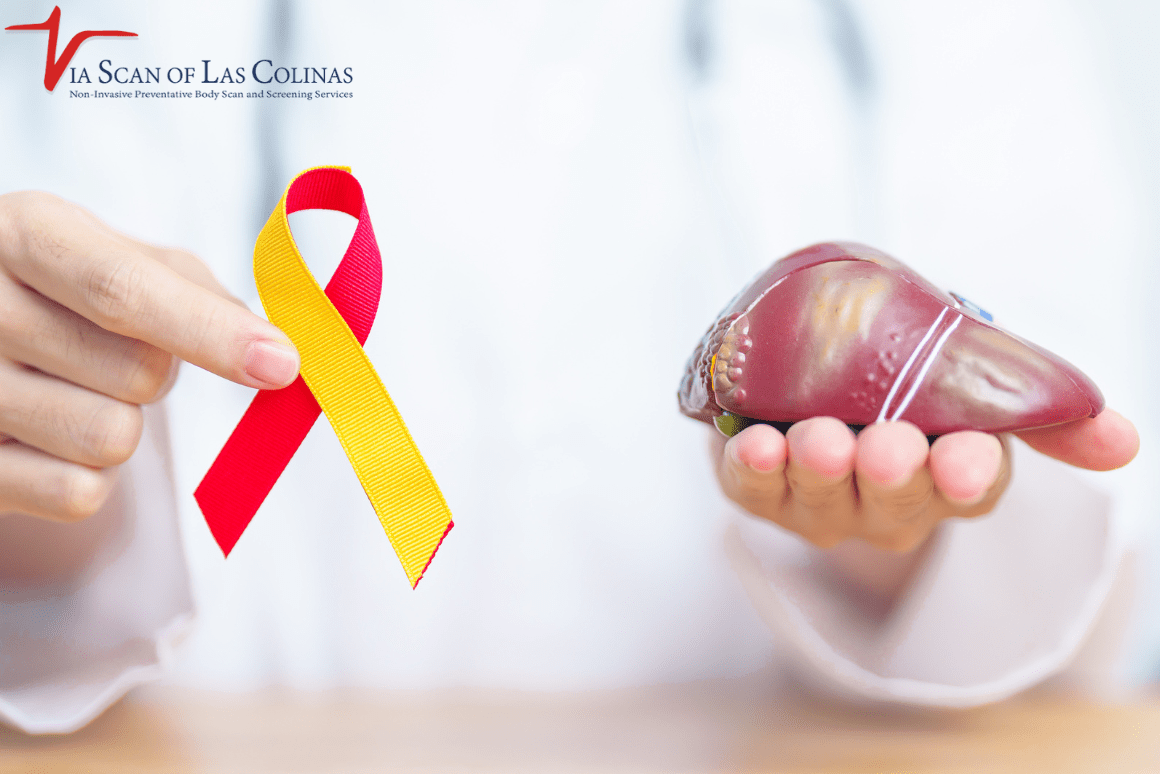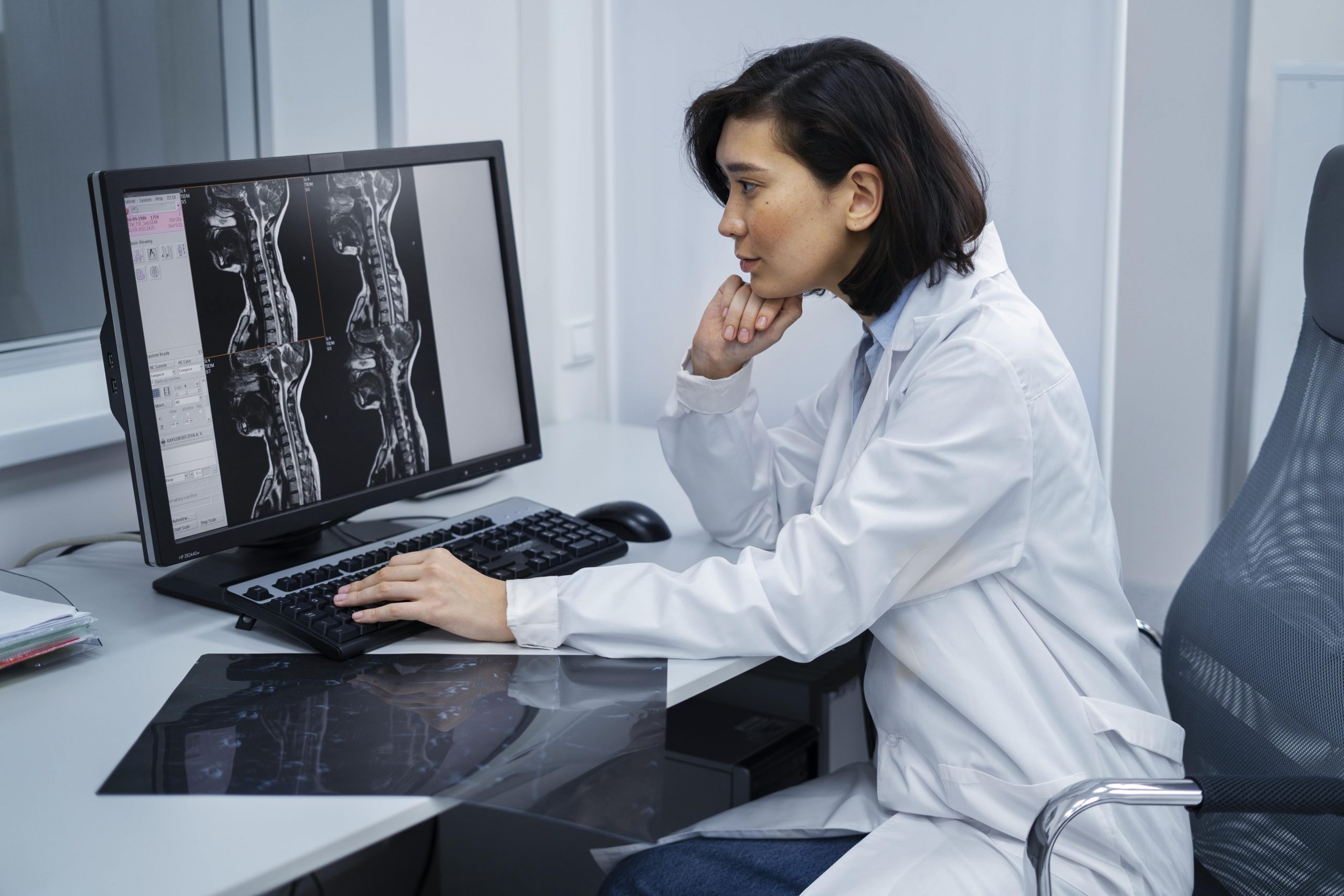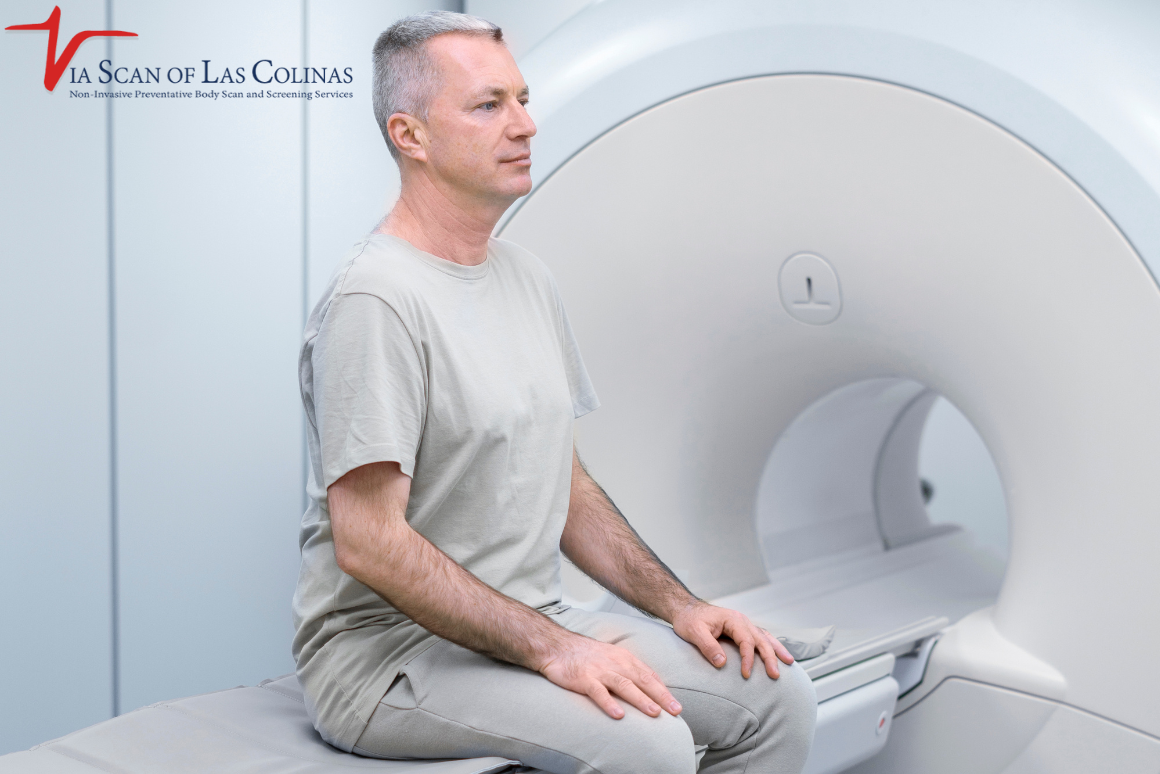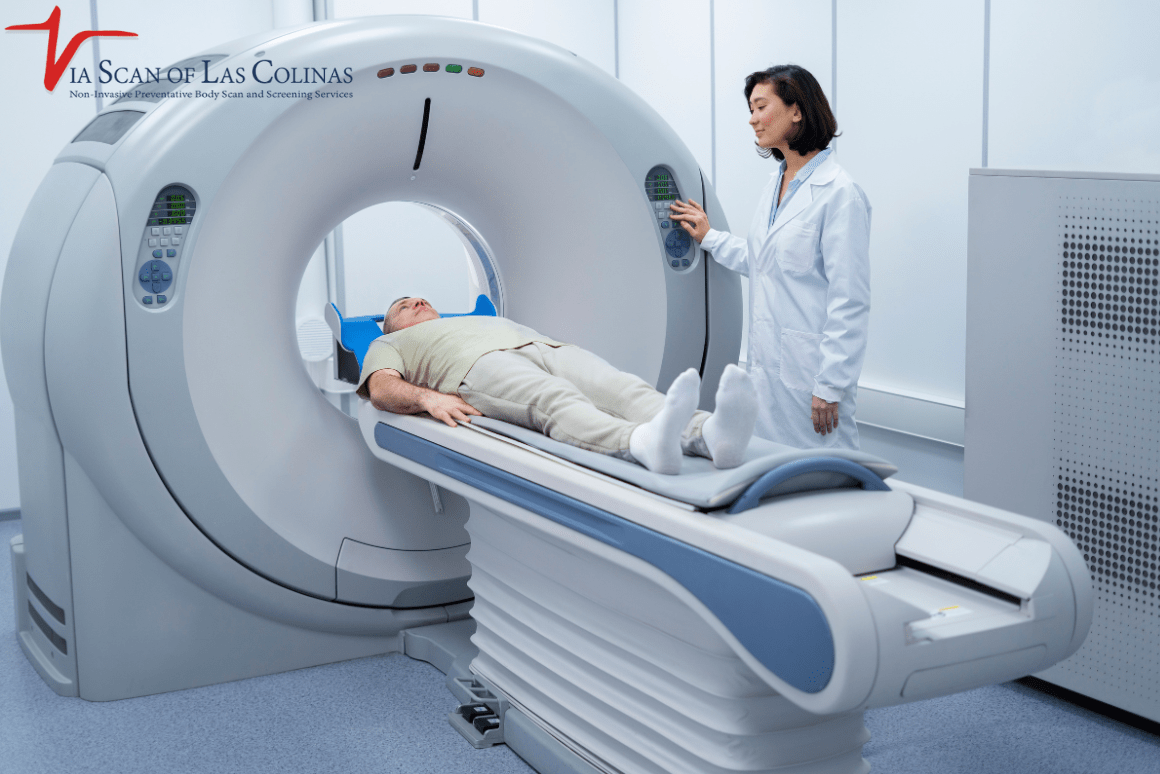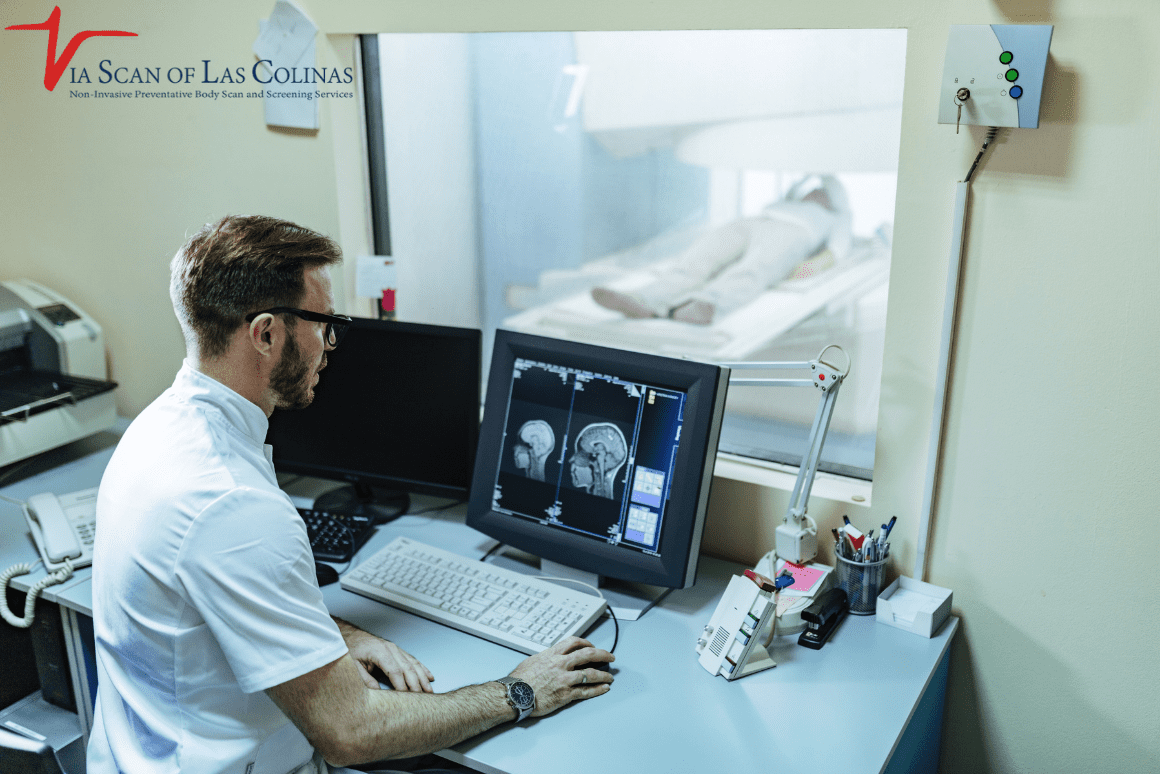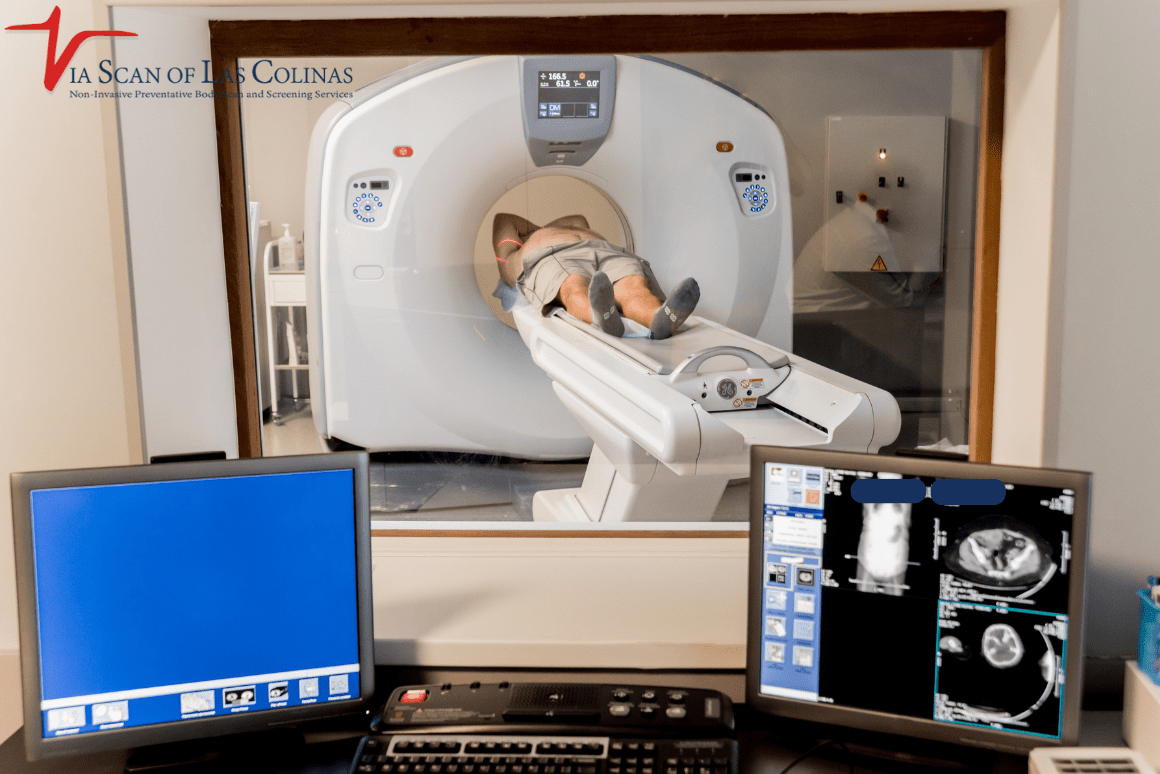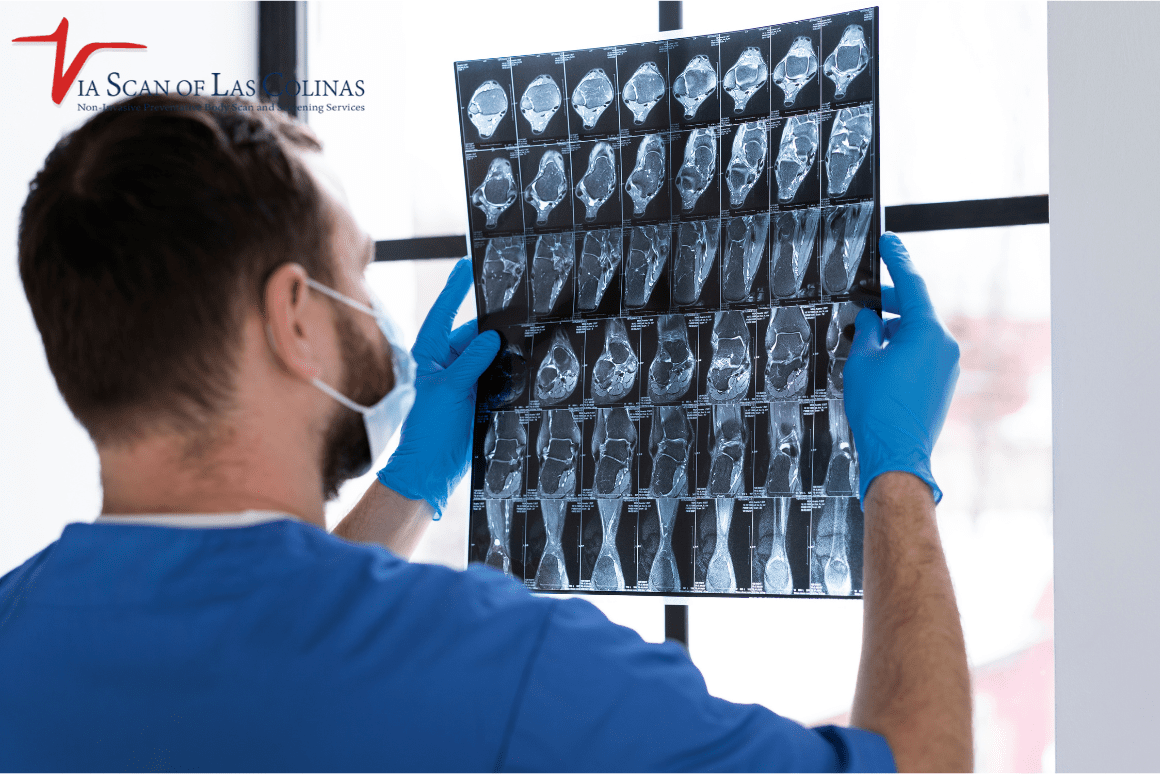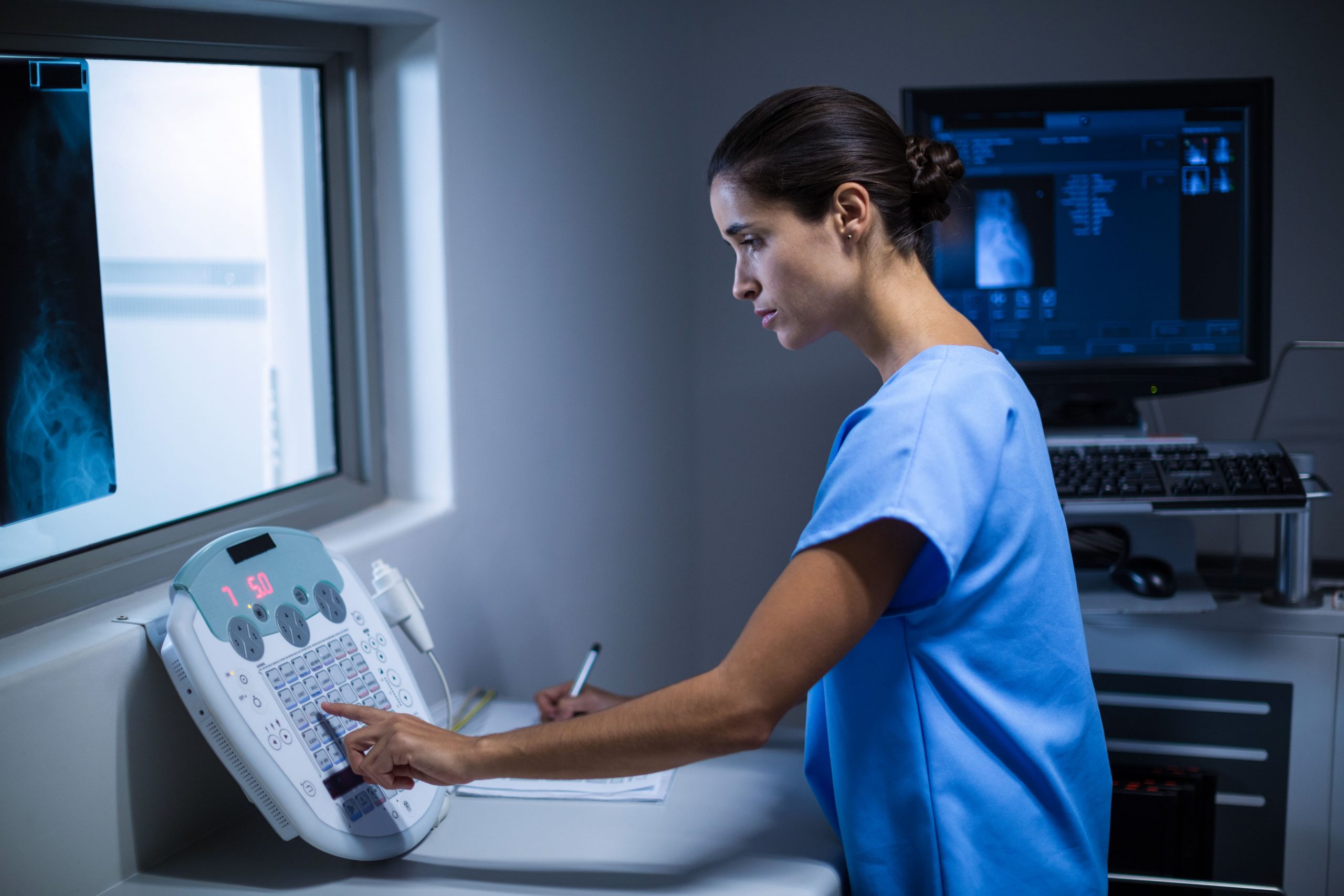When you have a CT scan scheduled, you may be questioning yourself about whether you should have something to eat first. This is probably the most frequently asked question from patients, and the answer varies according to what kind of scan you are having. Knowing how to prepare well will contribute to getting the results of your image as clear and accurate as possible. We would like our patients at ViaScan in Irving, TX to be certain and ready to attend their CT scan appointments. We will take a tour of the eating rules so you can have an idea of what to expect and how to get ready to have a successful imaging.
Can you eat before a CT scan?
The answer will depend on the kind of CT scan you are to undergo. There are CT scans that you can have a meal prior to the scan, and those that involve a fasting period of several hours. The instructions that you will receive will depend on the part of your body to be imaged and whether contrast material will be used or not. These guidelines are also worth following since they contribute to the generation of the clearest images. At ViaScan, we have professional staff that give preparation instructions as you are booking your appointment, so that as you reach our facility in Irving, you are well aware of what you need to do.
General Preparation Dietary Instructions Before CT Scan.
- Check your special instructions: There are no special instructions that you are to follow, but always follow the instructions given to you by your imaging facility.
- Plain water is generally permitted: The majority of CT scans allow you to take clear water until the time of the scan.
- Timing of medication: The Majority of the prescribed medications can be taken normally with a few swallows of water.
Will consumption of food prior to a CT scan interfere with the accuracy of outcomes?
Yes, eating before some types of CT scans is known to influence the quality of your images. Food in your digestive system may complicate the imaging exercise of some organs. When food is in your stomach and in your intestines, it will look different on the scan compared to when they are empty. This variation may at times conceal valuable information that physicians should observe. To perform a CT scan in the presence of contrast medium having food inside your stomach can also affect the movement of the contrast medium inside your body. It is the reason why the medical community encourages the use of preparation guidelines to the letter because it directly affects the utility of your imaging findings.
Impact on Imaging Quality
- Organ visibility: The presence of food may hinder the sight of such abdominal organs as the liver, pancreas, and kidneys.
- Contrast distribution: With an empty stomach, The contrast material can be better tolerated and imaging artifacts are reduced.
- Image clarity; fasting decreases motion in the digestive tract, which makes images clearer and sharper.
- Diagnostic Accuracy: Radiologists are more likely to detect abnormalities when the image is clear
Organs that are most susceptible to food consumption
- Stomach and Intestine: These organs are literally filled with food and the appearance of the stomach and intestines alters because of the food.
- Pancreas: It is an organ that is situated behind the stomach, and may be more difficult to look at when the stomach is full.
- Gallbladder: Food activates digestive processes and this can have a change in the appearance of this organ.
- Blood vessels: Blood vessels in the abdomen can be more readily observed clearly when other organs are empty.
What are the differences in preparation rules in CT scans with contrast and without contrast?
There are two types of CT scans: CT with contrast material and CT without contrast material. These two types have vast differences in the preparation requirements. Knowing the kind of scan you are getting makes you ready accordingly. At ViaScan, we provide contrast and non-contrast CT scans, including full body scans, with well-written instructions that are specific to each scanning type, to the community of Irving, TX.
Non-Contrast CT Preparation
There are fewer dietary restrictions in non-contrast CT scans, with most non-contrast scans, particularly ones that involve your head, chest, or extremities that you can typically eat and drink prior to your CT scan procedure. Nevertheless, despite the non-contrast abdominal scans, other facilities might ask patients to undergo light fasting to increase the quality of the image. The most important difference is that in the absence of contrast material, the risk of nausea is ruled out, and the only issue is that the area of interest is clearly visualized. It is always important to ask your imaging center whether or not your particular non-contrast scan needs any dietary alterations.
CT Scan With Contrast: Fasting Guidelines.
- Four to six-hour fast: The majority of CT scans with contrast would ask you to avoid food during this time before your appointment.
- Clear liquids permitted: Water and perhaps clear broths may be allowed up to two hours prior to the scan.
- Medication considerations: Take all applicable medications with water in little sips unless otherwise instructed.
- Contrast safety: Fasting decreases the chances of nausea or vomiting during contrast.
- Hydration value: It is very important to drink a lot of water before the fasting period commences so that your kidneys can properly filter and eliminate the contrast.
What do you avoid eating or drinking before a CT scan?
As a rule, you are not supposed to eat heavy, fatty foods within the hours before your scan, even without fasting. These foods have slower rates of digestion and it may stay in your digestive system when you have imaging. Foods that produce gas, such as beans, carbonated drinks, and some vegetables, may also cause air pockets, which influence the image of the object being photographed. Our professional staff at ViaScan assists the residents of Irving in knowing which objects to avoid, given their respective scan needs.
Foods That Can Interfere with Imaging.
Foods that form gas in your digestive system, like broccoli, cabbage, and beans, may result in air bubbles that will show up on the scan and may conceal key anatomical features. People with sensitivities might sometimes have the same problem with dairy products. In case you are allowed to eat, just eat light and easily digested food such as toast, crackers, or plain rice. These basic foods are energy-giving without the development of imaging complications.
Beverage Restrictions
- Stay away from sugary beverages: Soda and fruit juices may influence abdominal imaging.
- Avoid Caffeine : Coffee or vitality can enhance digestive processes.
- No Alcohol: You should abstain from alcohol at least 24 hours prior to your scan.
- Carbonated drinks. These generate gas, which may interfere with images.
- Water is the best: The safest is plain water, and it can be used to eliminate contrasts.
Choose Our Preventive CT Scan
Early Detection Saves Lives!
-
- Accurate
- Quick Result
- Affordable
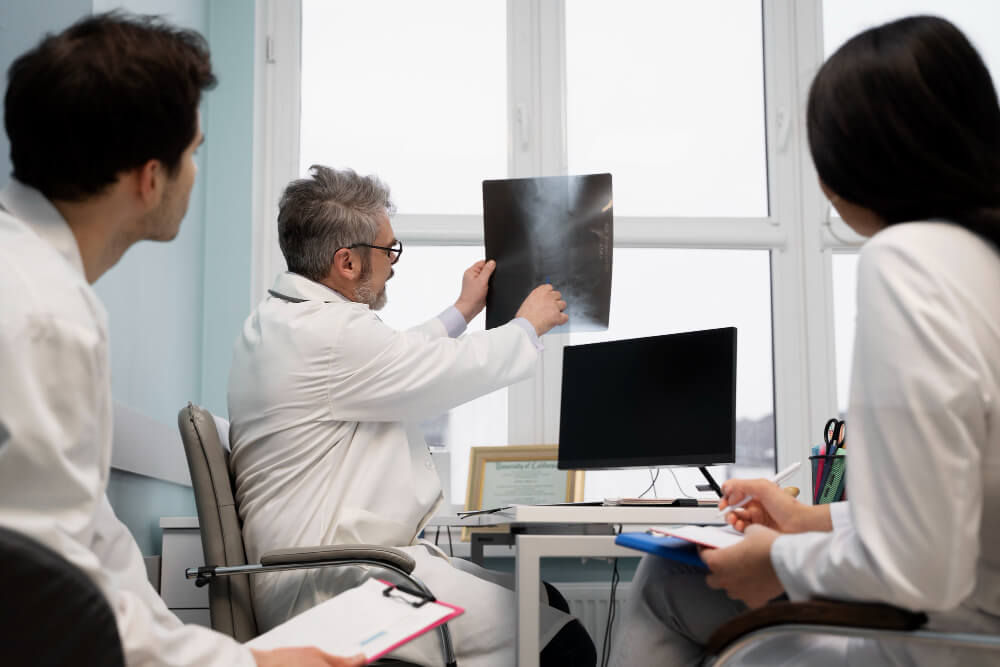
Conclusion
Correct CT imaging results require proper preparation. ViaScan is a laboratory where skilled radiologic technologists offer individualized preparation guidelines to all patients who would like to have CT scan services, including whole-body scan options, in Irving, TX. We will ensure the imaging experience is comfortable and stress-free, and make sure we provide the best diagnostic images.

